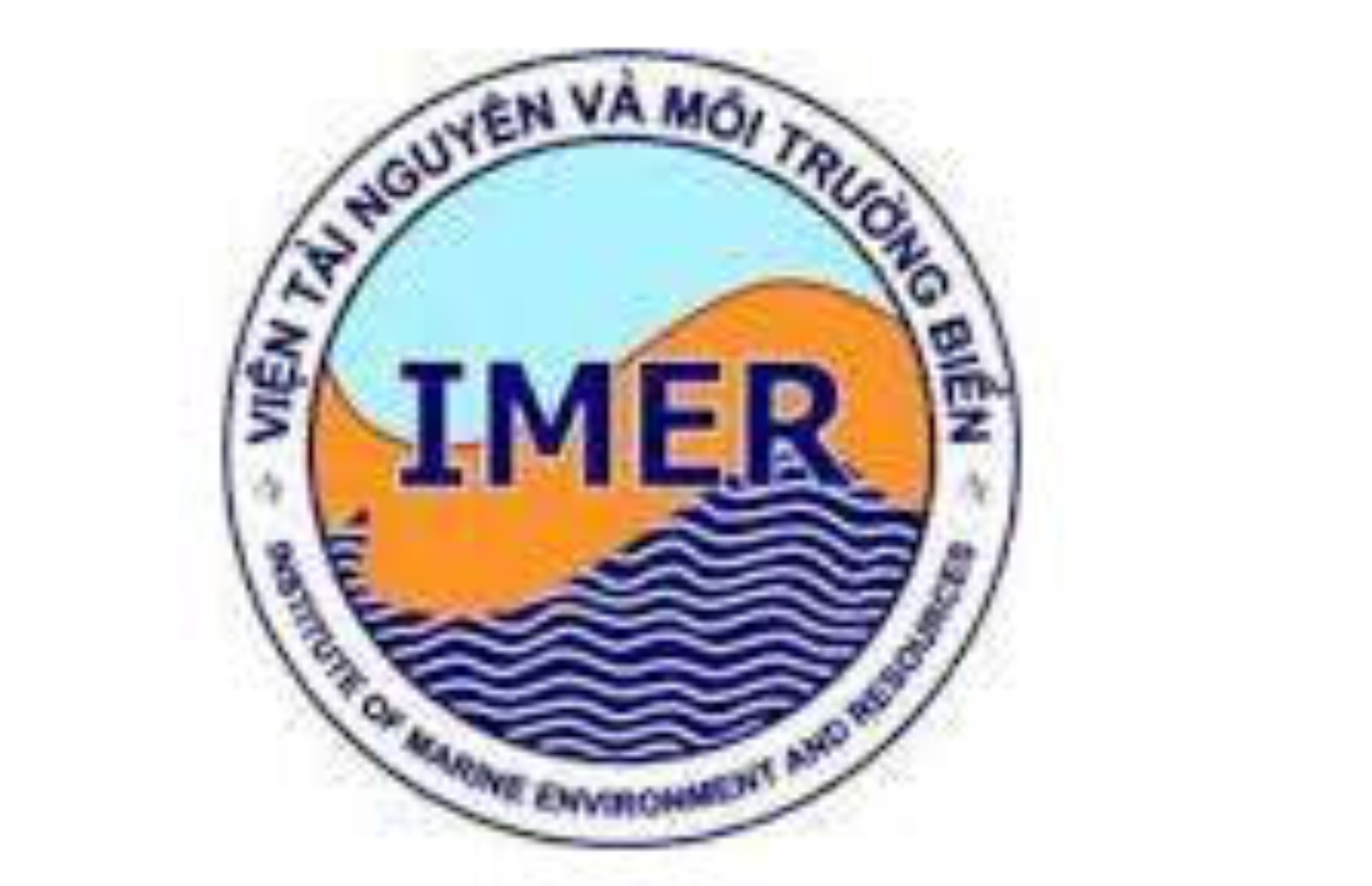COASTAL BODIES OF WATER IN VIETNAM
Author affiliations
DOI:
https://doi.org/10.15625/1859-3097/7/1/6329Abstract
he system of coastal bodies of water in Vietnam consists of three main types as estuarine waters, lagoons and bays distinguished by the features of origin, evolution, dynamics factors, morphology, structure and ecosystem. In some cases, there exist of transitional waters in morphology between types, or this type is a secondary component of others. The closed degree, circulation, eroded – accumulated correlation, water salinity are the most important features of coastal bodies of water. The estuarine waters are divided into two kinds as delta and estuary. The deltas consists of fluvial- dominated (for examples, Red River Delta), wave – dominated (Thu Bon Deltas), and tide – dominated ones (Mekong Delta). The estuaries of which Bach Dang and Dong Nai are most typical locate on the coastal areas where the tide dynamics and eroded process are being dominated. Having 12 unites and total area of 458km2, the lagoons concentrate in coastal zone of the Vietnam Centre where generally there exists of strong wave, tide not large in range, and abundantly sandy sediments. By the closed degree, they can be divided into three kinds including nearby closed, very closed, and fully closed lagoons. The combination between enclosed degree of lagoons and local hydro-climate factors has formed three saline groups as brackish, brackish – haline, and haline lagoons. The coastal bays consists of 48 unites with the total of 4000 km2 and distinguished into bights/ shelters (called as Vũng by Vietnamese) when the area of waters is below 50 km2, and bays (called as Vịnh by Vietnamese) when the area of waters is from 50 km2 and larger. By the closed feature of waters, they divided into five degrees as very open, open, semi – closed, nearby closed, and very closed bays. From them, the most popular degrees are open 46%), then semi – closed bays (29%). Comparing with estuarine waters and lagoons, the coastal bays are rather stable in morphology and dynamical processes. They are different in geographical features by four coastal regions as North Vietnam, North of Centre Vietnam, South of Centre Vietnam, and South Islands Group.Downloads
Download data is not yet available.
Metrics
Metrics Loading ...
Downloads
Published
29-03-2007
How to Cite
Thanh, T. D., Cu, N. H., Huy, D. V., & Vuong, B. V. (2007). COASTAL BODIES OF WATER IN VIETNAM. Vietnam Journal of Marine Science and Technology, 7(1). https://doi.org/10.15625/1859-3097/7/1/6329
Issue
Section
Articles









